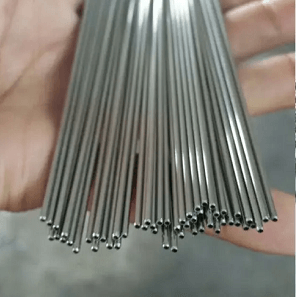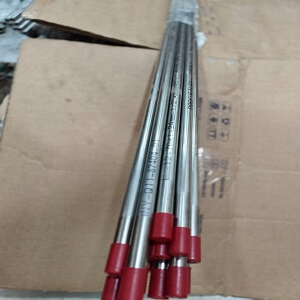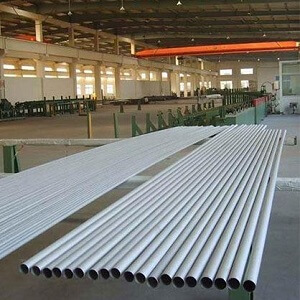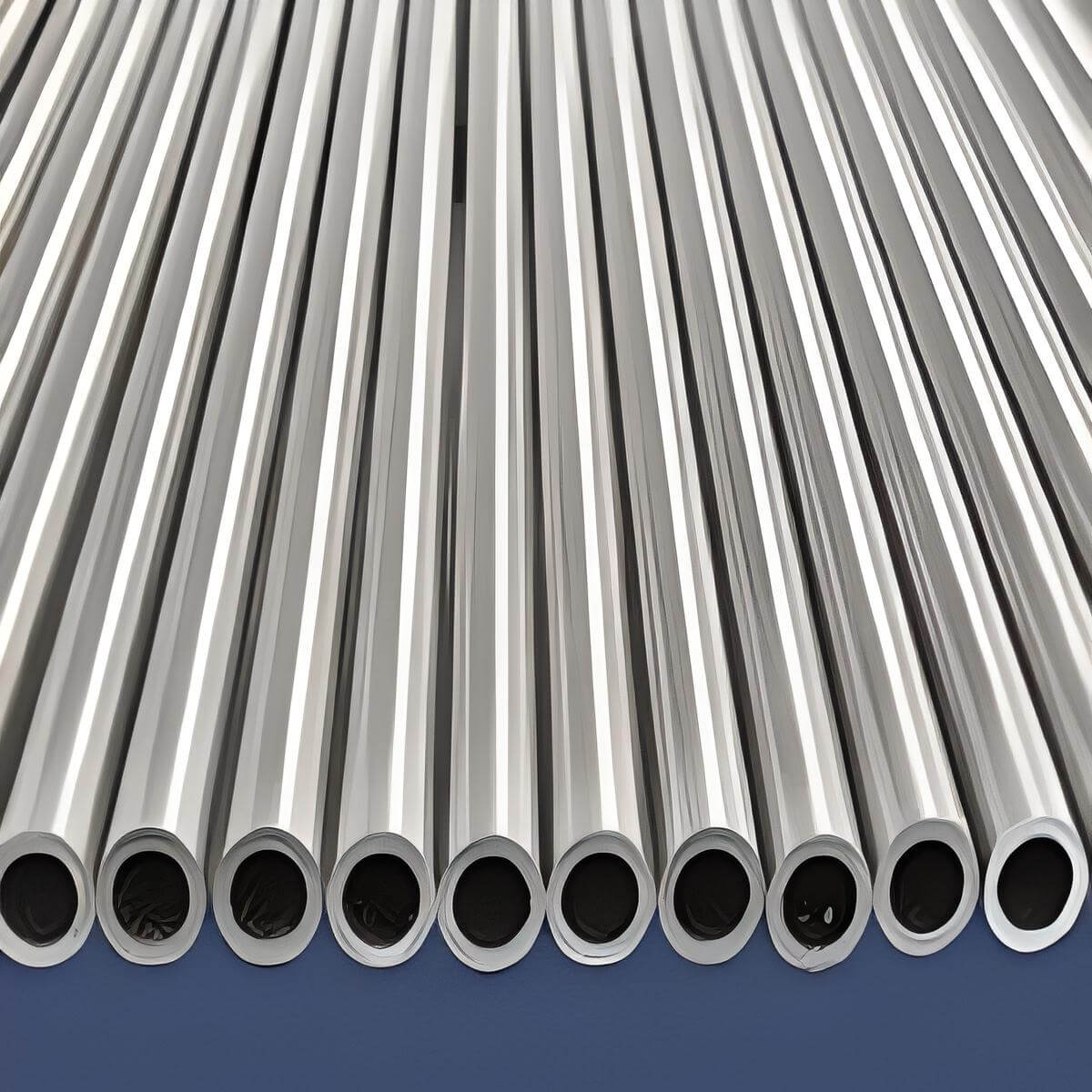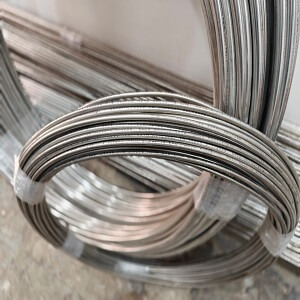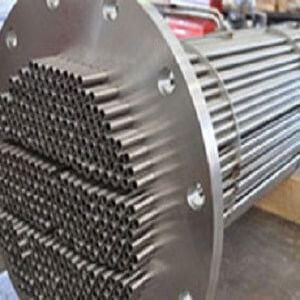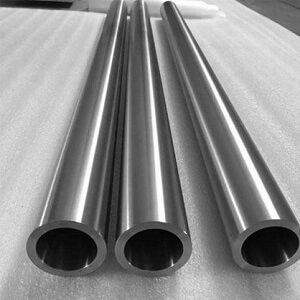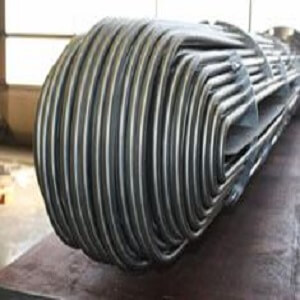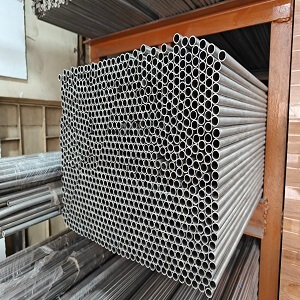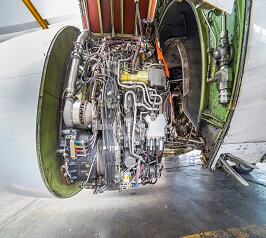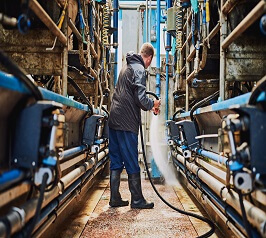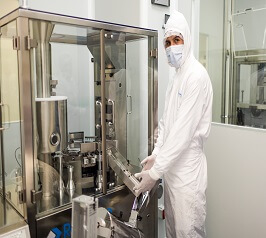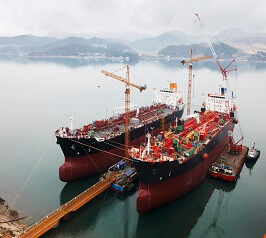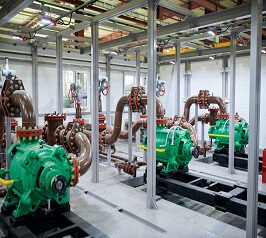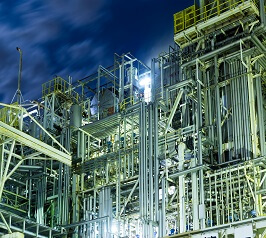Nickel 201 Tube stands out as a top notch product in the realm of high performance materials. Crafted mainly from wrought nickel it is tailored specifically for applications demanding high corrosion resistance. Notably Nickel 201 thrives in environments including those with exposure to harsh chemicals.
When it comes to its properties Nickel 201 High Pressure Tube is highly regarded for its toughness and durability. It retains its strength and hardness under temperatures making it a popular choice across industries like petrochemicals, aerospace and marine engineering. Furthermore it boasts electrical and magnetostrictive properties that demonstrate its versatility in various applications.
Nickel 201 Tube, owing to its unique physical and chemical properties, renders vast industrial applications. With a nominal composition of Ni 99.0%, the rest, primarily constituted of Iron (Fe), maximizes the tube's mechanical strength while offering excellent resistance against corrosive environments. While maintaining high ductility and toughness across a wide temperature range – from cryogenic to approximately 315°C, its thermal expansion coefficients is about 13.9 x 10^-6 /°C at 20-100°C, lending significant thermal stability.
Subjected to multifarious environments, the alloy offers commendable resistance to organic and most inorganic compounds, halogen gases as well as widely varying pH solutions, a feature rather uncommon in conventional engineering materials. Its ability to maintain corrosion resistance, strength, and ductility in diverse conditions is instrumental, especially in environments susceptible to crevice corrosion, chloride ion stress corrosion cracking, and other corrosive attack forms.
Nickel 201 Electropolish Tube trumps other contemporaries given its superior dimensional stability, notably in high-precision electronics and aerospace applications. Yet, it isn't entirely without flaws. Its relatively lower strength compared to stainless and high alloy steels restricts its employability in extremely high-stress environments.
In the material processing stages, it undergoes annealing at 1038-1177°C, often followed by rapid quenching to enhance ductility and corrosion resistance. This heat treatment enables a refined grain structure without significant segregation, contributing to an upscale strength and durability.
In terms of machinability, the ASTM B725 201 Nickel Welded Tube offers limited but satisfactory machining rates attributed to its robust structure. It demonstrates excellent weldability with conventional welding methods, maintaining good structural integrity across the weld zone. Post-manufacturing considerations are minimal, with standard pickling and passivation sufficing to cleanse and enhance the tube's surface.
ASTM B161 Alloy 201 Seamless Tubing is also recognized for its formability and weldability traits which're crucial in scenarios requiring intricate shaping and joining processes. Additionally its low carbon content helps reduce embrittlement while enhancing thermal conductivity performance.
Safety is another aspect of the Nickel 201 Tube. Its low gas content, vapor pressure and high thermal conductivity make it a suitable conductor for explosives and fireworks. Nickel 201 Tube stands out for its blend of strength, versatility and reliability delivering top notch performance in environments.



